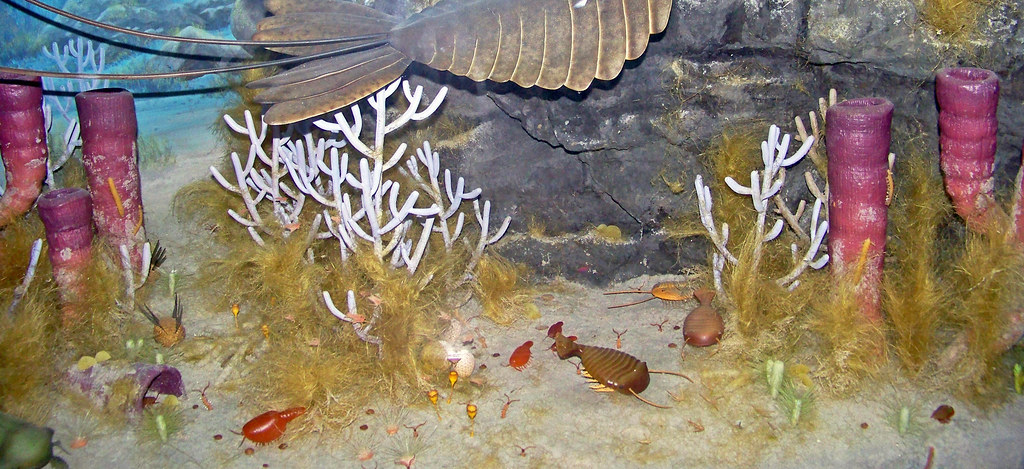Hidden high in the Canadian Rockies lies one of the most extraordinary windows into Earth’s ancient past. The Burgess Shale, a fossil deposit that’s been quietly preserving life’s strangest experiments for over 500 million years, contains creatures so bizarre they seem pulled from an alien planet. These aren’t your typical dinosaur fossils – we’re talking about animals with five eyes, creatures that looked like underwater vacuum cleaners, and predators with grasping arms that would make science fiction writers jealous.
What makes this discovery even more mind-blowing is that these fossils capture not just hard shells and bones, but soft tissues, internal organs, and even the contents of ancient stomachs. It’s like finding a perfectly preserved snapshot of an entire ecosystem from when life was just figuring out how to be complex. The sheer weirdness of these creatures has revolutionized our understanding of evolution itself.
A Time Capsule From the Cambrian Explosion
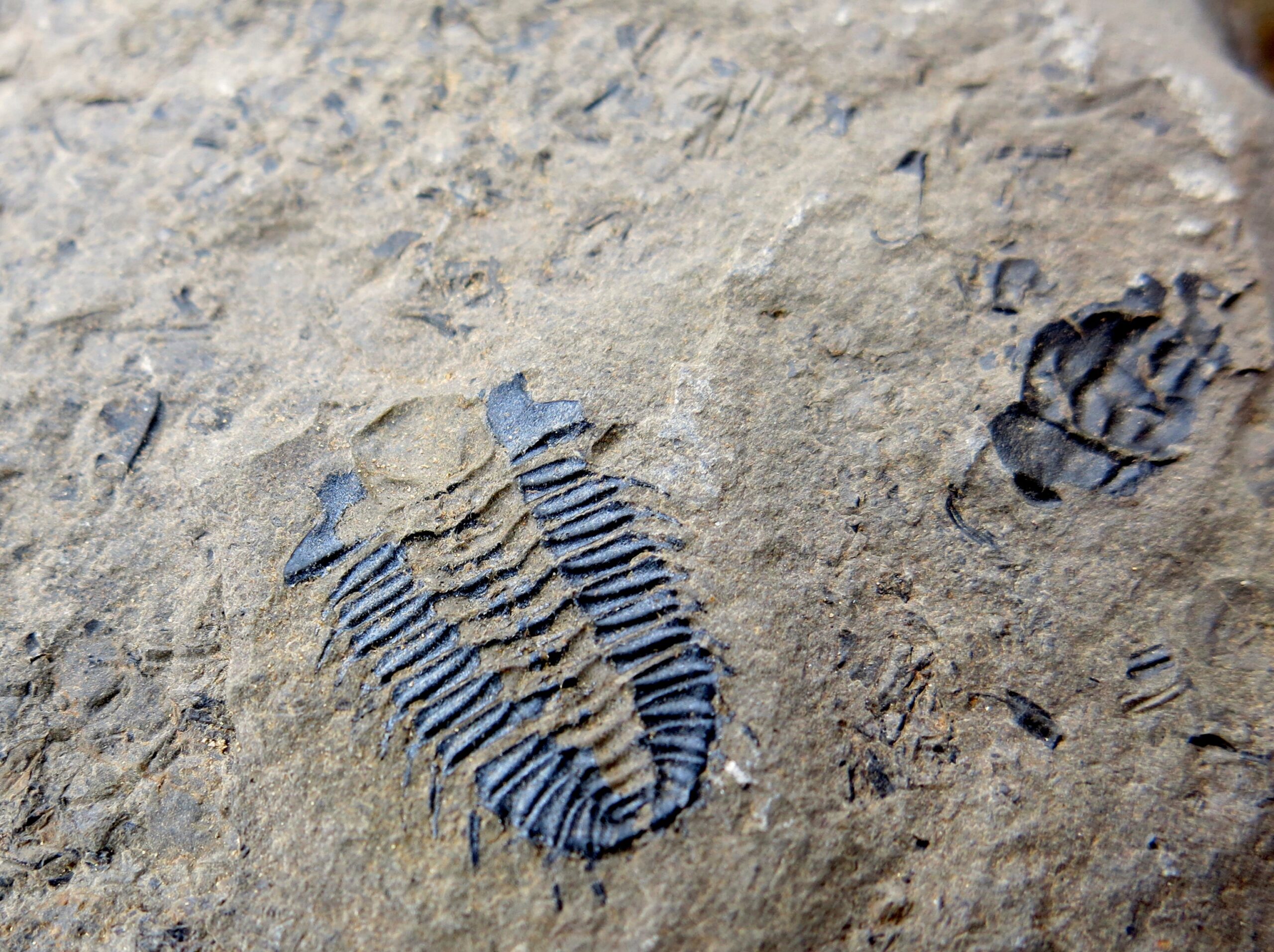
The Burgess Shale represents one of the most important fossil discoveries in paleontology, dating back to the Middle Cambrian period approximately 508 million years ago. This wasn’t just any ordinary time in Earth’s history – it was the Cambrian Explosion, a period when life seemed to go absolutely wild with creativity. In just a few million years, evolution produced more bizarre body plans than a committee of mad scientists could dream up.
The exceptional preservation found in the Burgess Shale occurred due to a perfect storm of geological conditions. These ancient sea creatures were rapidly buried by underwater mudslides, creating an oxygen-free environment that prevented decay. The fine sediments acted like nature’s own photography studio, capturing details so intricate that scientists can still see the individual bristles on 500-million-year-old worms.
What’s truly remarkable is that this fossil site preserves soft-bodied organisms that normally would have decomposed without a trace. While most fossil sites give us only glimpses of ancient life through shells and bones, the Burgess Shale offers a complete picture of an entire ecosystem in stunning detail.
Opabinia: The Five-Eyed Vacuum Cleaner
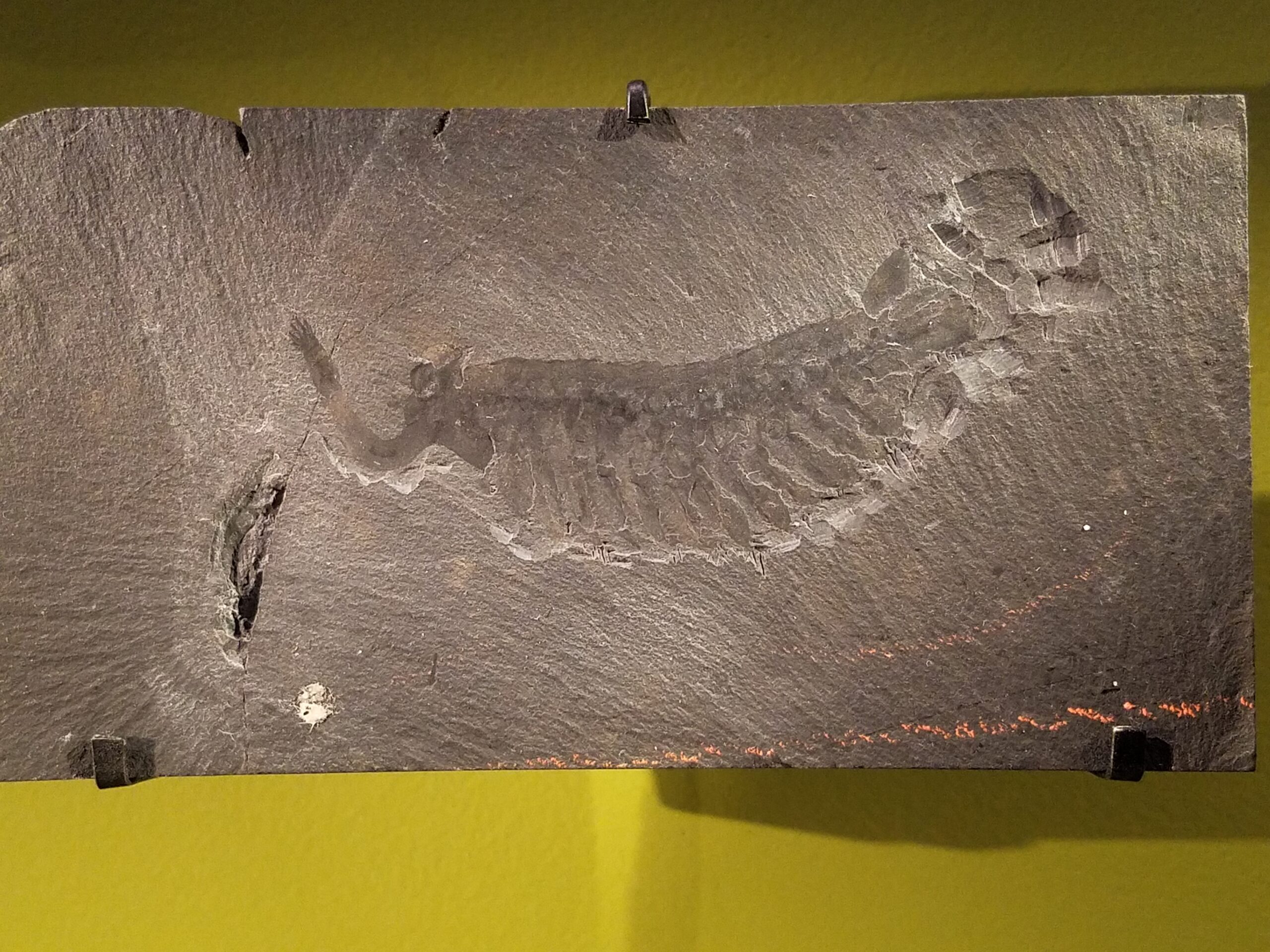
Among the strangest creatures ever discovered in the Burgess Shale is Opabinia, an animal so peculiar that scientists initially thought the first specimens were damaged or distorted. This thumb-sized creature sported five mushroom-shaped eyes arranged across the top of its head, giving it a nearly 360-degree vision of its underwater world. But the real showstopper was its bizarre feeding apparatus – a long, flexible proboscis tipped with a claw that it used like a combination fishing rod and vacuum cleaner.
Opabinia’s body plan is so unique that scientists have struggled to place it in any known group of animals. Its segmented body ended in a fan-shaped tail, and it moved through the water using undulating fins along its sides. The creature’s hunting strategy was equally unusual – it would extend its proboscis to grab small prey, then curl it back toward its mouth located underneath its head.
This alien-looking predator challenges our understanding of what early complex animals looked like. Opabinia represents one of evolution’s many experiments that didn’t quite make it to the modern world, showing us that the history of life is filled with incredible diversity that we’re only beginning to appreciate.
Anomalocaris: The Cambrian’s Apex Predator
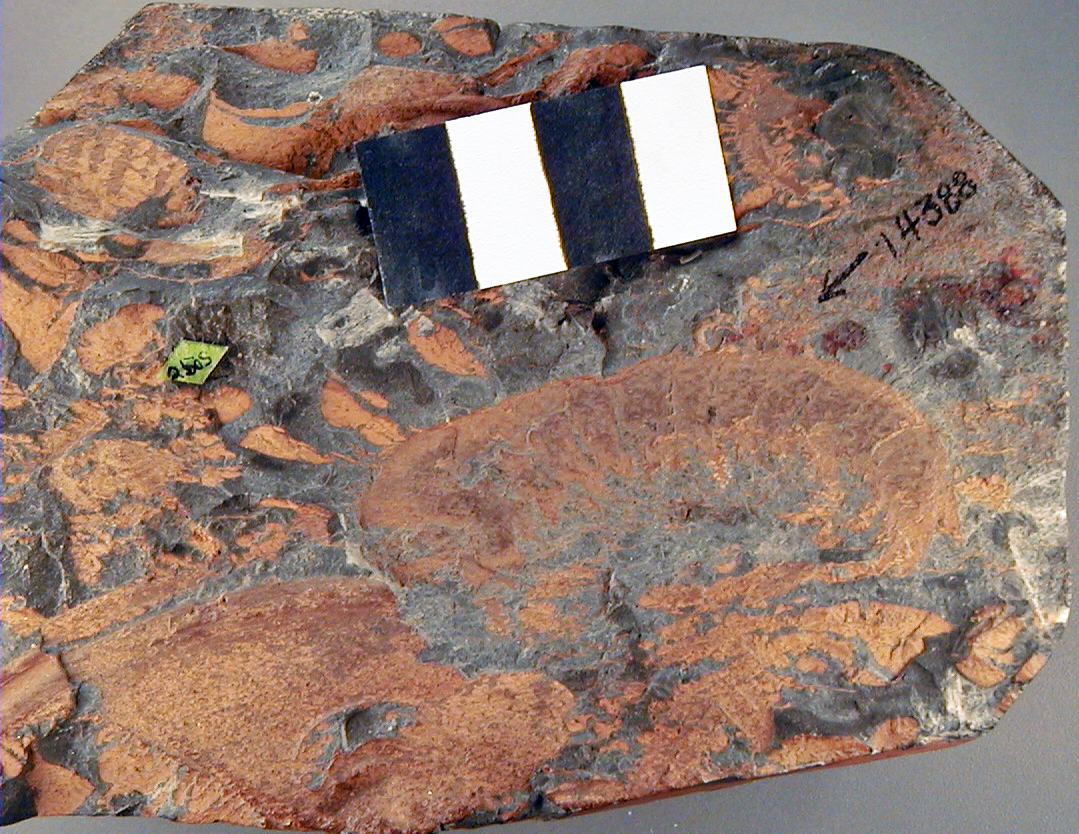
If Opabinia was weird, then Anomalocaris was downright terrifying by Cambrian standards. This massive predator could grow up to six feet long, making it a true giant in seas dominated by creatures the size of your thumb. Its name, which means “abnormal shrimp,” comes from the fact that scientists initially discovered its body parts separately and thought they were looking at different animals entirely.
The creature’s most distinctive features were its two massive front appendages that looked like flexible arms equipped with rows of sharp spines. These appendages could bend and twist with remarkable flexibility, allowing Anomalocaris to grab prey with the precision of a skilled chef using chopsticks. Its circular mouth was lined with plates that could crush shells, and its large eyes provided excellent vision for hunting in the dim ocean depths.
Recent studies suggest that Anomalocaris was likely an active swimmer that pursued its prey rather than ambushing from the seafloor. This makes it one of the earliest known examples of an active predator, fundamentally changing how we view the evolution of predator-prey relationships in ancient ecosystems.
Hallucigenia: The Nightmare Walker
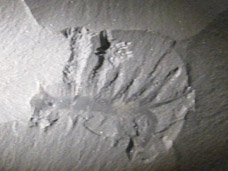
Perhaps no creature from the Burgess Shale captures the imagination quite like Hallucigenia, a bizarre animal that looks like it stepped out of a fever dream. This small, worm-like creature was covered in defensive spines that jutted out in all directions, giving it the appearance of a walking pin cushion. For decades, scientists couldn’t even figure out which end was the head or which way was up.
The confusion around Hallucigenia’s anatomy was so complete that early reconstructions showed it walking on its spines with its legs waving in the water above. It wasn’t until more complete specimens were discovered that scientists realized they had been looking at it upside down. The creature walked on paired legs while its spines protected it above.
What makes Hallucigenia even more fascinating is its place in the tree of life. Recent research suggests it may be related to modern velvet worms, providing a crucial link in understanding how complex animals evolved. This spiky little creature demonstrates how evolution can produce solutions to survival challenges that seem almost impossibly strange to our modern eyes.
Wiwaxia: The Armored Enigma
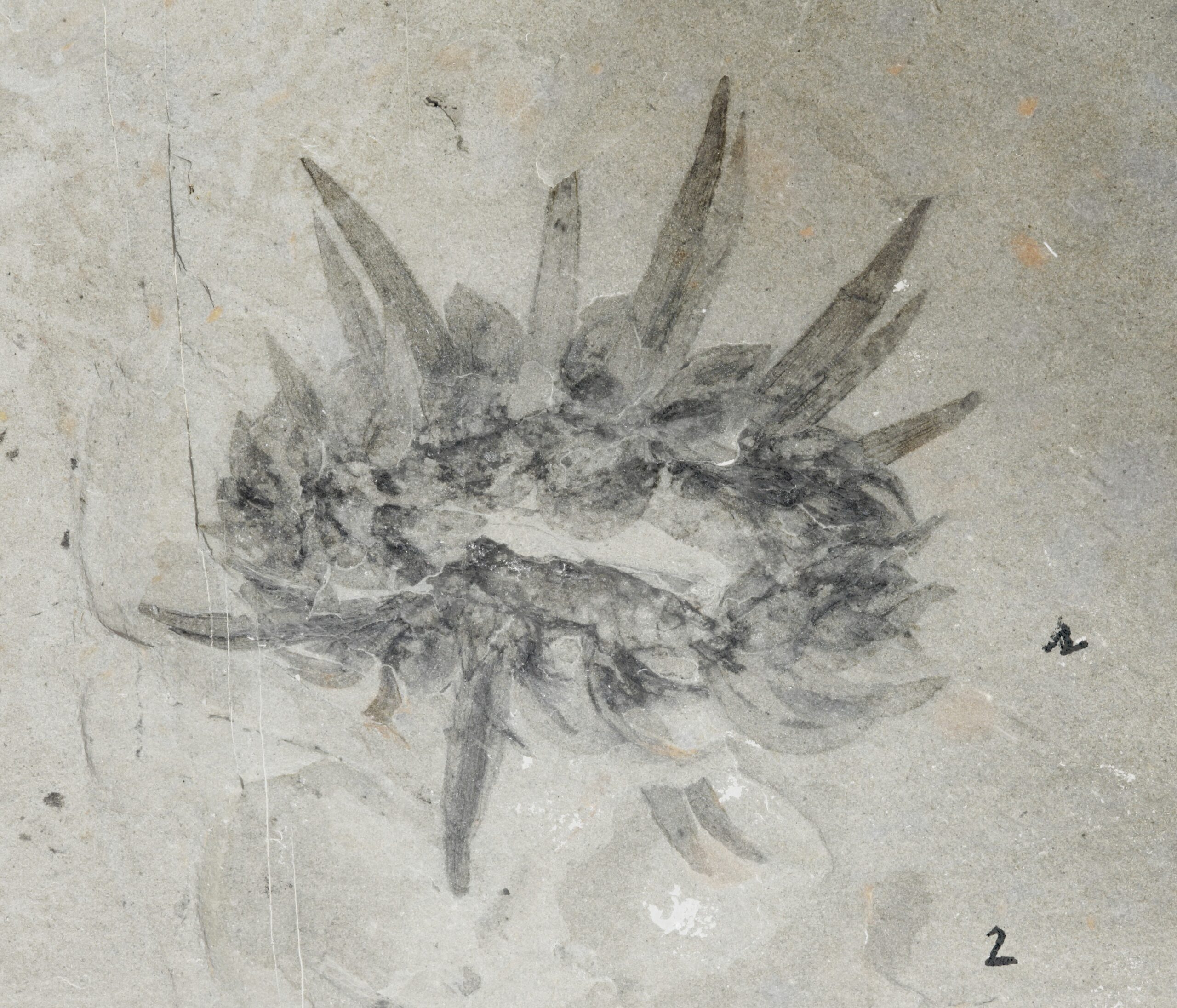
Wiwaxia presents one of the most puzzling cases in Burgess Shale paleontology, looking like someone crossed a slug with a medieval suit of armor. This oval-shaped creature was covered in overlapping scales and topped with rows of intimidating spikes that could be several times longer than its body. The arrangement of these defensive structures created a formidable barrier against predators, but the creature’s exact lifestyle remains a mystery.
Scientists have debated whether Wiwaxia was more closely related to mollusks like snails and clams, or annelid worms like earthworms and marine polychaetes. Its scale arrangement suggests it could retract into its armor like a turtle, while its spikes provided additional protection against attacks from above. The creature’s mouth was located on its underside, suggesting it fed by scraping material from the seafloor.
The discovery of Wiwaxia has been crucial in understanding the early evolution of major animal groups. Its unique combination of features provides insights into how different body plans emerged during the Cambrian Explosion when life was experimenting with various approaches to survival and protection.
Pikaia: Our Distant Backbone
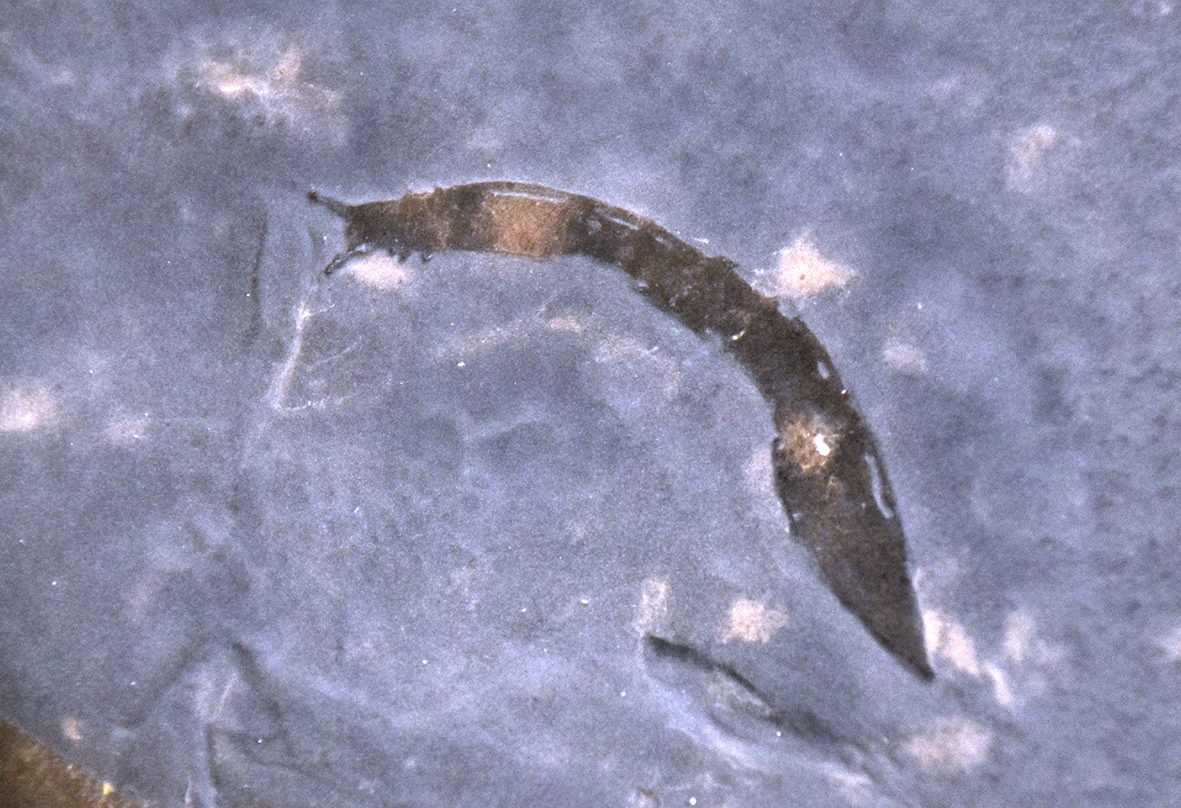
Hidden among the bizarre creatures of the Burgess Shale is Pikaia, a seemingly simple worm-like animal that holds extraordinary significance for understanding our evolutionary history. This small, ribbon-shaped creature possessed what appears to be a notochord – a flexible rod-like structure that would eventually evolve into the backbone found in all vertebrates, including humans.
Pikaia’s discovery was groundbreaking because it represented one of the earliest known chordates, the group that includes all animals with backbones. While it may look unremarkable compared to its more flamboyant neighbors, this humble creature is essentially our 500-million-year-old ancestor. Its streamlined body and swimming adaptations suggest it was an active swimmer in the Cambrian seas.
The preservation of Pikaia in the Burgess Shale provides crucial evidence for understanding how vertebrates evolved from simpler beginnings. Without this fossil, our understanding of early chordate evolution would be much more limited, highlighting how important these exceptional preservation sites are for reconstructing the history of life on Earth.
Marrella: The Lace Crab

Known as the “lace crab” for its delicate appearance, Marrella was one of the most abundant creatures in the Burgess Shale ecosystem and the first arthropod to be described from this famous fossil site. This graceful swimmer possessed long, flowing antennae and elegant swimming appendages that gave it an almost ethereal quality as it glided through the ancient seas.
Despite its nickname, Marrella wasn’t a crab at all, but rather an early arthropod that doesn’t fit neatly into any modern group. Its head bore distinctive backward-curving spines and four pairs of antennae, while its body was segmented with paired appendages for swimming. The creature’s delicate construction suggests it was a filter feeder, straining small particles from the water column.
Marrella’s abundance in the Burgess Shale makes it an important indicator species for understanding the ancient ecosystem. Its presence in such large numbers suggests that the Cambrian seas were rich in the microscopic organisms that formed the base of the food web, supporting diverse communities of filter feeders and predators alike.
Sidneyia: The Bulldozer of the Seafloor

Sidneyia was built like a tank, with a robust body designed for bulldozing through the seafloor sediments in search of food. This large arthropod, which could reach lengths of over a foot, possessed powerful legs equipped with spines for digging and grasping. Its heavily armored carapace protected it while it rooted through the mud like an underwater pig searching for truffles.
The creature’s feeding strategy was remarkably sophisticated for such an ancient animal. Fossil evidence suggests that Sidneyia was an opportunistic predator and scavenger, capable of crushing shells and processing a wide variety of prey. Its powerful mandibles and robust digestive system allowed it to exploit food sources that other creatures couldn’t access.
What makes Sidneyia particularly interesting is its ecological role as a bioturbator – an organism that disturbs and mixes sediments. By constantly churning the seafloor, it would have affected the entire benthic ecosystem, creating new microhabitats and influencing the distribution of nutrients and oxygen in the sediments.
Sanctacaris: The Mysterious Arthropod
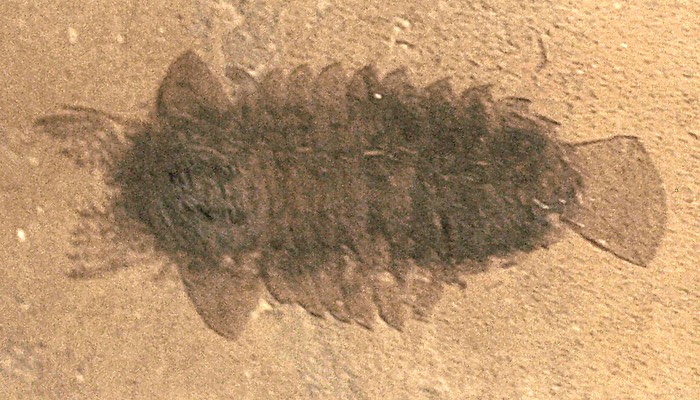
Sanctacaris represents one of the more enigmatic creatures from the Burgess Shale, combining features that seem to bridge different arthropod groups in unexpected ways. This small, elongated animal possessed characteristics of both crustaceans and chelicerates, making it a crucial piece in the puzzle of early arthropod evolution.
The creature’s most distinctive feature was its set of prominent appendages at the front of its body, which may have been used for feeding or sensory purposes. Its segmented body and multiple pairs of legs suggest it was well-adapted for life on the seafloor, possibly as a scavenger or predator of small invertebrates.
Recent studies of Sanctacaris have provided new insights into the early diversification of arthropods, one of the most successful groups of animals on Earth. Its unique combination of features suggests that the early evolution of arthropods was much more complex than previously thought, with various experimental body plans appearing before the major groups we recognize today became established.
Dinomischus: The Flower Animal
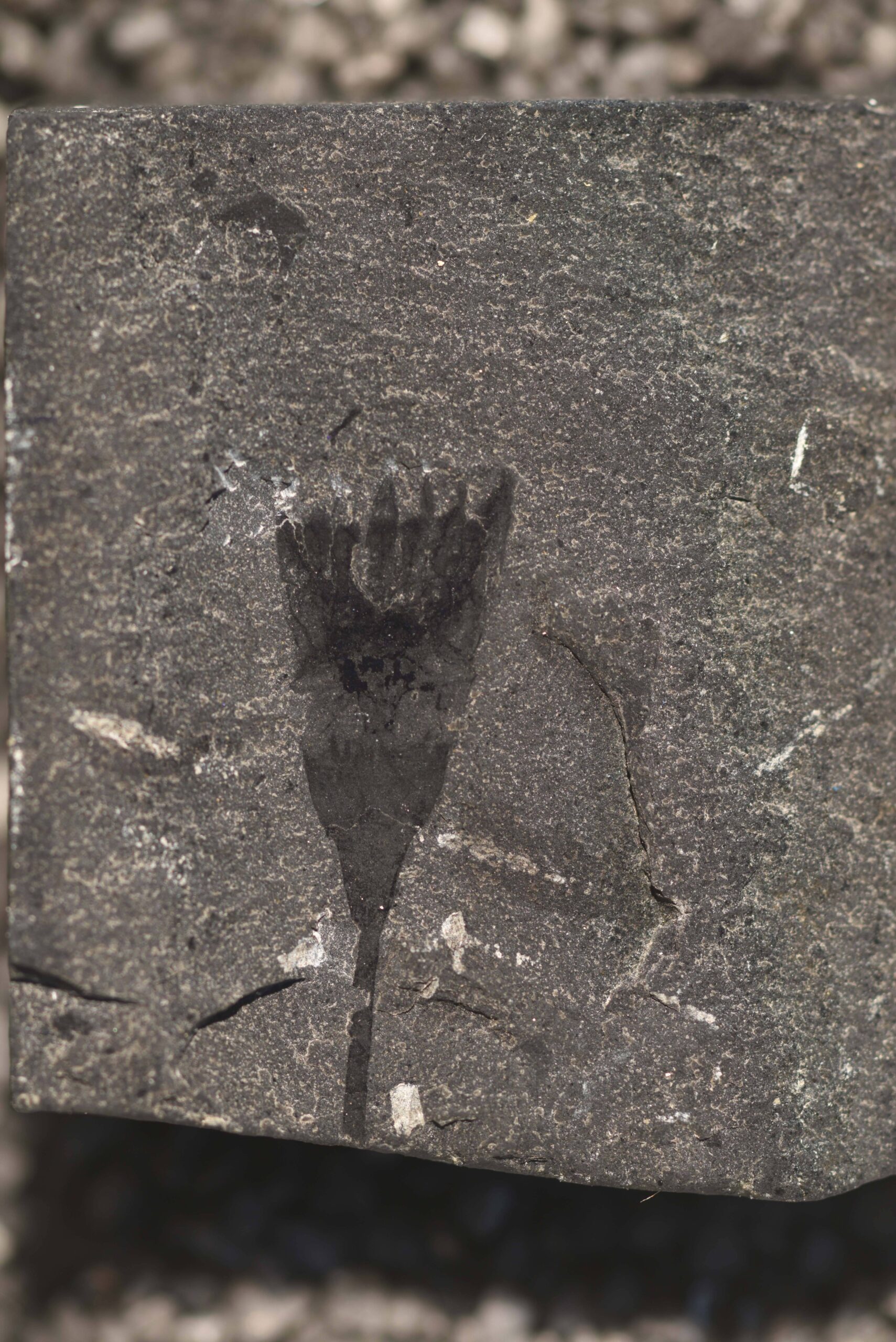
Dinomischus stands out in the Burgess Shale fauna as one of the most plant-like animals ever discovered, resembling a strange underwater flower swaying in the current. This sessile creature was anchored to the seafloor by a long, flexible stalk topped with a cup-shaped body surrounded by feeding arms that could extend and retract like the petals of a flower.
The animal’s feeding strategy was elegant in its simplicity – it would extend its arms to create a funnel-shaped net for capturing plankton and small particles drifting by in the water column. When threatened, it could quickly retract its arms and close its body like a sensitive plant responding to touch. This behavior gave it both the ability to feed efficiently and protect its delicate feeding structures.
Dinomischus challenges our understanding of early animal evolution by showing how some creatures developed plant-like lifestyles millions of years before true plants colonized the land. Its unique body plan represents another of evolution’s experiments that didn’t survive to modern times but provides valuable insights into the diversity of solutions that life developed during the Cambrian Explosion.
Chancellor: The Living Fortress
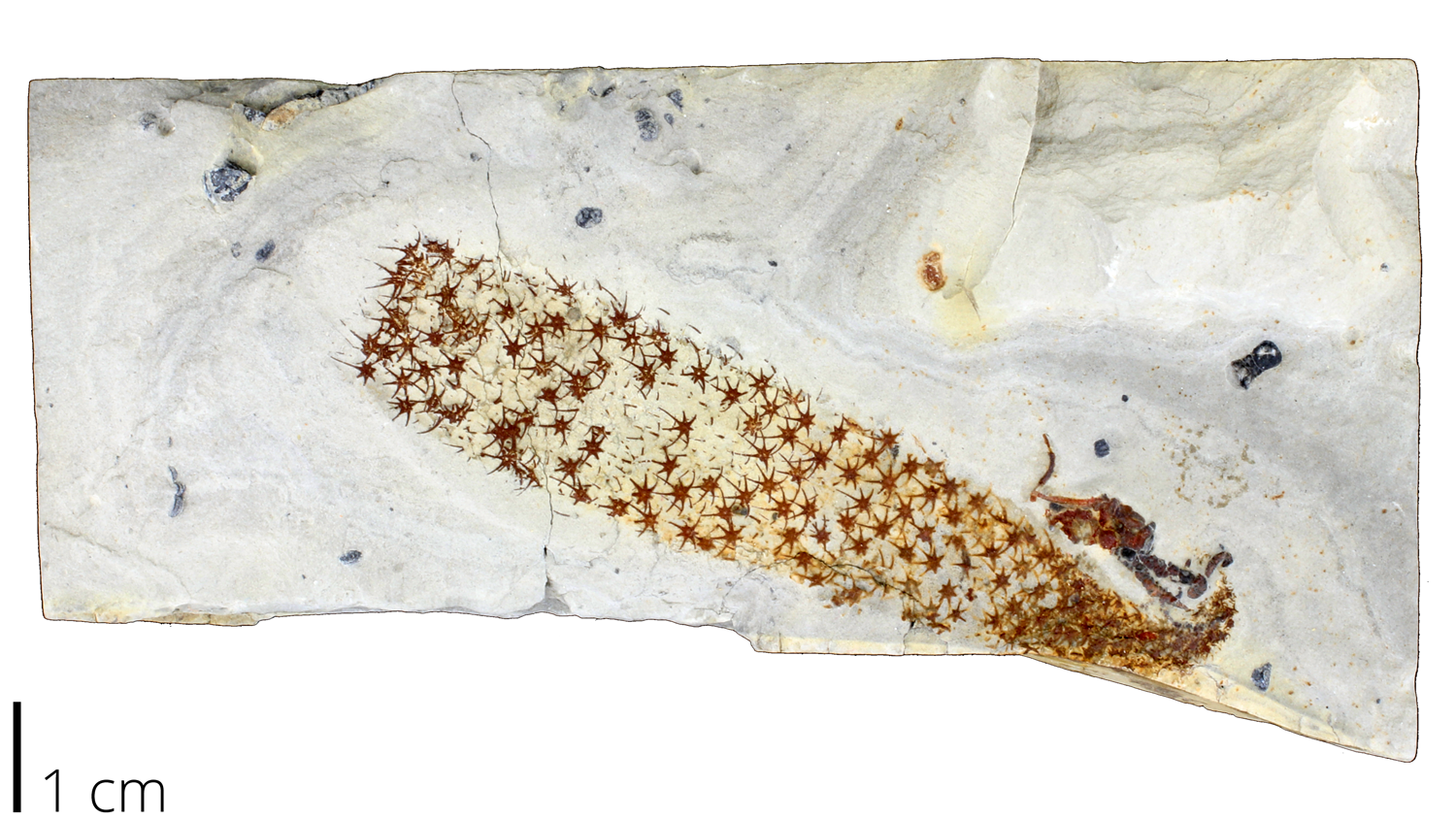
Chancelloria was built like a medieval fortress, with its entire body covered in a defensive array of spines and sclerites that would have made it virtually impossible for predators to attack. This sponge-like creature grew in various shapes, from simple cones to complex branching structures, creating three-dimensional reefs that provided habitat for other small organisms.
The creature’s defensive strategy was purely passive – rather than fleeing from predators, it relied entirely on its intimidating armor to deter attacks. Its spines were arranged in a precise geometric pattern that provided maximum protection while still allowing water to flow through its body for feeding and respiration. This design was so effective that Chancelloria became one of the most successful animals in the Burgess Shale ecosystem.
Recent research suggests that Chancelloria may have been one of the early reef-building organisms, creating complex three-dimensional structures that increased habitat diversity in the Cambrian seas. Its success demonstrates how defensive strategies can be just as effective as speed or intelligence in the struggle for survival.
Leanchoilia: The Grasping Predator
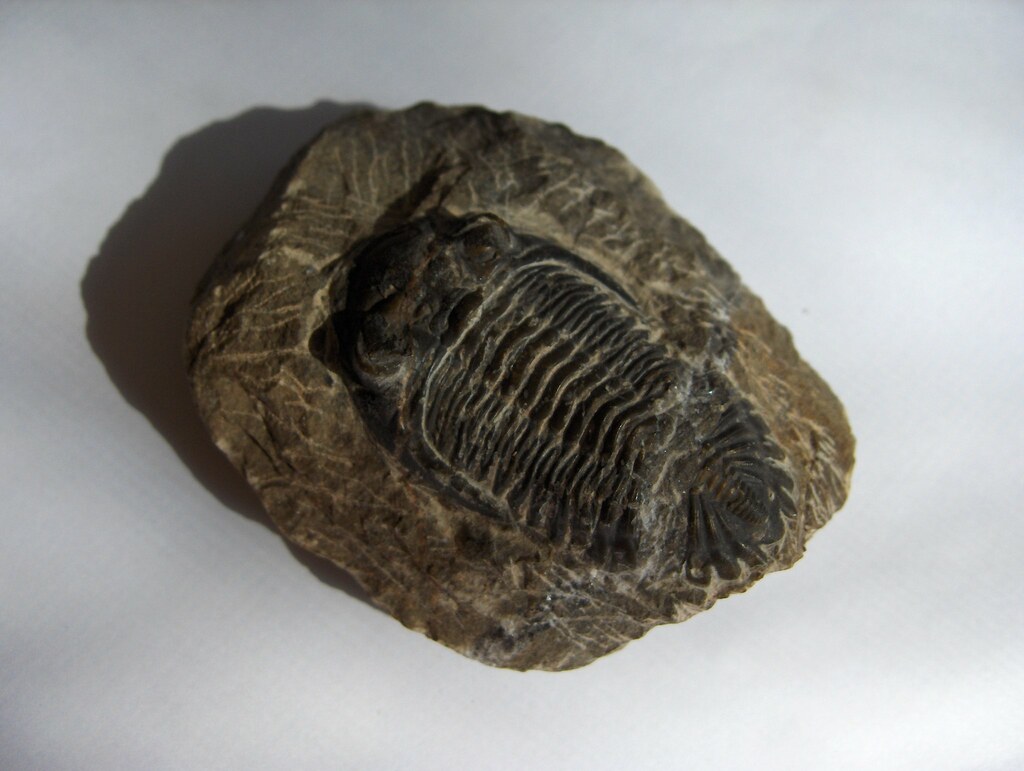
Leanchoilia was a sleek predator equipped with some of the most sophisticated grasping appendages found in the Burgess Shale. This elongated arthropod possessed long, flexible arms tipped with sharp claws that could extend far beyond its body to snatch prey from a distance. Its streamlined body and powerful swimming legs made it a formidable hunter in the Cambrian seas.
The creature’s hunting strategy combined stealth with lightning-fast strikes. Its large eyes provided excellent vision for spotting prey, while its flexible grasping arms allowed it to capture victims without getting too close to potential danger. The arrangement of spines on its appendages suggests it could hold struggling prey securely while positioning it for consumption.
Leanchoilia’s sophisticated predatory adaptations make it one of the most advanced hunters in the Burgess Shale fauna. Its success as a predator demonstrates how quickly complex predator-prey relationships evolved during the Cambrian Explosion, setting the stage for the evolutionary arms races that continue to shape life on Earth today.
Odontogriphus: The Sliding Scraper
Odontogriphus was built like a living lawnmower, perfectly adapted for grazing on the microbial mats that covered the Cambrian seafloor. This flat, oval-shaped creature glided across the bottom on its muscular foot, using rows of tiny teeth to scrape up nutritious bacteria and algae like an underwater slug browsing through an aquatic garden.
The animal’s feeding apparatus was remarkably sophisticated, with multiple rows of teeth arranged in a conveyor belt system that could process large amounts of microbial material. Its flexible body allowed it to conform to the irregular surface of the seafloor, ensuring efficient contact with its food source. This adaptation made it one of the most successful herbivores in the Burgess Shale ecosystem.
Odontogriphus represents an important early experiment in large-scale herbivory, showing how animals learned to exploit the abundant microbial resources available in the Cambrian seas. Its success paved the way for the evolution of more complex grazing strategies that would eventually lead to the diverse array of herbivorous animals we see today.
The Legacy of Burgess Shale’s Bizarre Menagerie
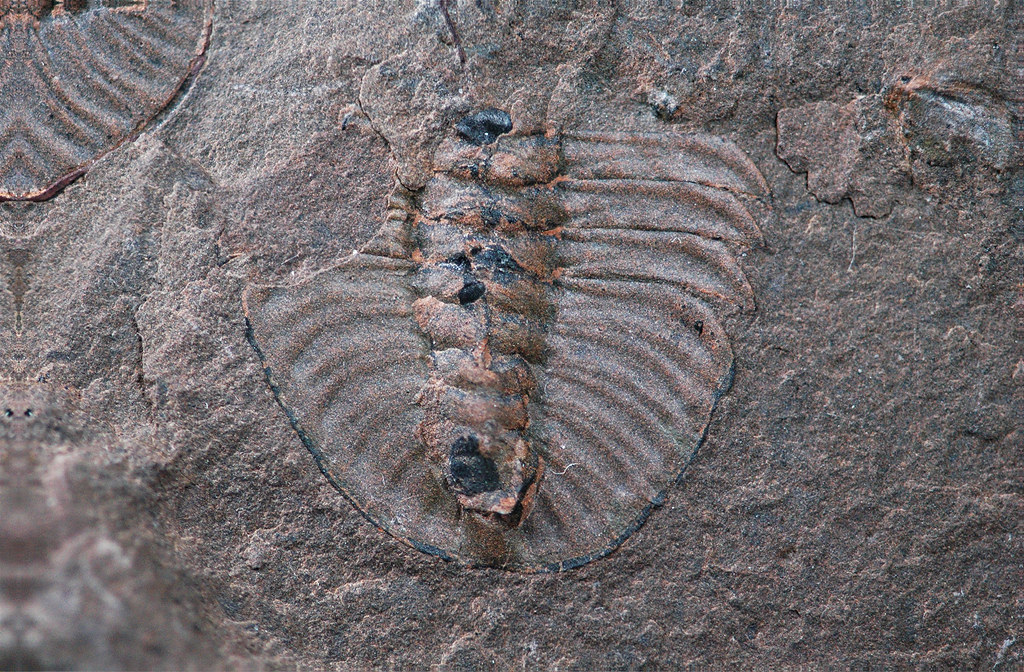
The incredible diversity of life preserved in the Burgess Shale has fundamentally changed how scientists think about evolution and the history of life on Earth. These strange creatures demonstrate that evolution is not a simple linear progression toward complexity, but rather a complex branching tree with countless experimental branches that led nowhere. Many of the most bizarre body plans found in the Burgess Shale have no modern equivalents, representing entire categories of life that tried and failed to establish themselves in Earth’s ecosystems.
The sheer weirdness of these ancient animals also highlights how much we still don’t understand about the early evolution of complex life. Each discovery from the Burgess Shale and similar sites around the world adds another piece to the puzzle but also raises new questions about how life managed to diversify so rapidly during the Cambrian Explosion. The fact that so many strange experiments in living were happening simultaneously suggests that the early oceans were like a vast laboratory where life was testing every possible way to survive and thrive.
Perhaps most importantly, the Burgess Shale creatures remind us that the history of life is far stranger and more wonderful than we ever imagined. These ancient animals pushed the boundaries of what we thought was possible in terms of body plans, feeding strategies, and ecological relationships. They show us that evolution is endlessly creative, capable of producing solutions to survival challenges that seem almost impossibly bizarre to our modern eyes.

